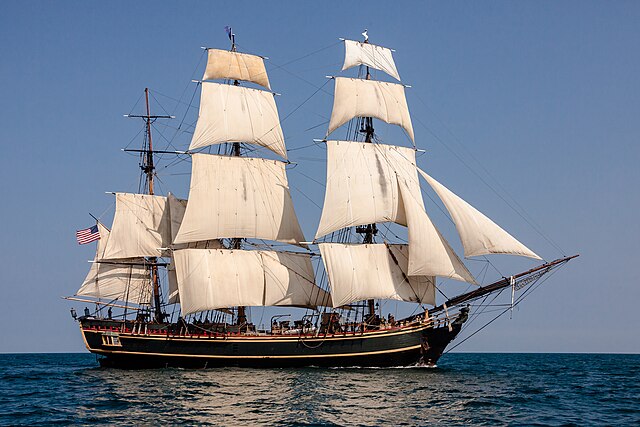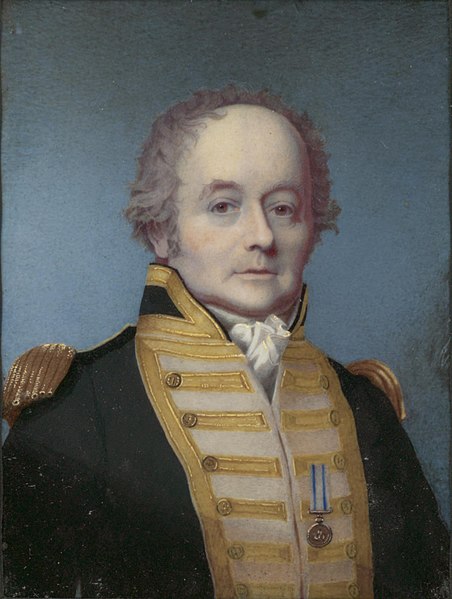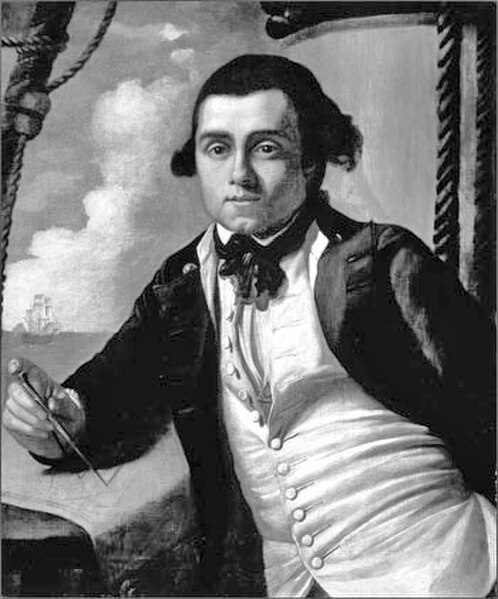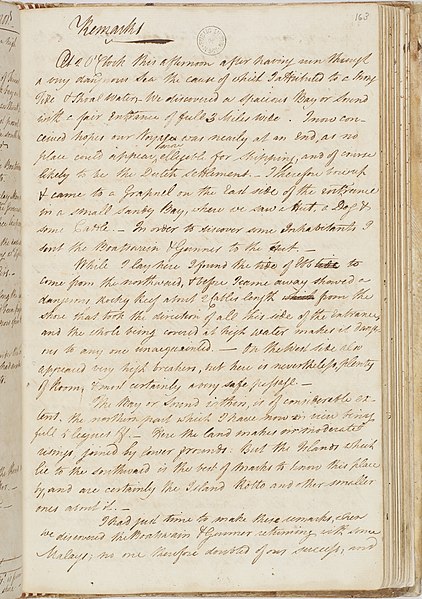HMS Bounty, also known as HM Armed Vessel Bounty, was a British merchant ship that the Royal Navy purchased in 1787 for a botanical mission. The ship was sent to the South Pacific Ocean under the command of William Bligh to acquire breadfruit plants and transport them to the British West Indies. That mission was never completed owing to a 1789 mutiny led by acting lieutenant Fletcher Christian, an incident now popularly known as the Mutiny on the Bounty. The mutineers later burned Bounty while she was moored at Pitcairn Island in the Southern Pacific Ocean in 1790. An American adventurer helped land several remains of Bounty in 1957.
Replica of Bounty, built in 1960
Plan of the lower decks of the Bounty
Plan of the lower decks of the Bounty
Plan and section of the Bounty Armed Transport showing the manner of fitting and stowing the pots for receiving the bread-fruit plants, from William Bligh's 1792 account of the voyage and mutiny, entitled A Voyage to the South Sea, available from Project Gutenberg.
Vice-Admiral William Bligh was a British officer in the Royal Navy and a colonial administrator. He is best known for the mutiny on HMS Bounty, which occurred in 1789 when the ship was under his command. The reasons behind the mutiny continue to be debated. After being set adrift in Bounty's launch by the mutineers, Bligh and those loyal to him stopped for supplies on Tofua, losing a man to natives. Bligh and his men reached Timor alive, after a journey of 3,618 nautical miles.
Portrait by Alexander Huey (1814)
William Bligh, 1775 by John Webber
The mutineers turning Lt Bligh and some of the officers and crew adrift from His Majesty's Ship HMS Bounty. By Robert Dodd
Account of arrival at Timor, 14 June 1789. Log of the Proceedings of His Majesty's Ship Bounty, 1789, bound manuscript, Safe 1 / 47








